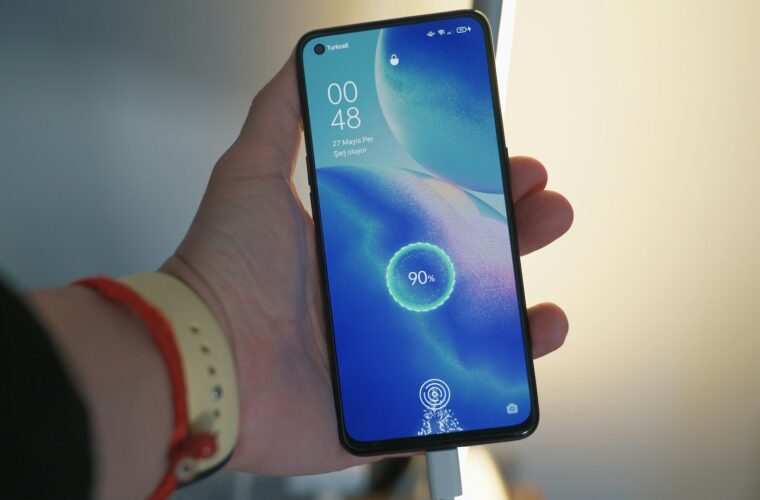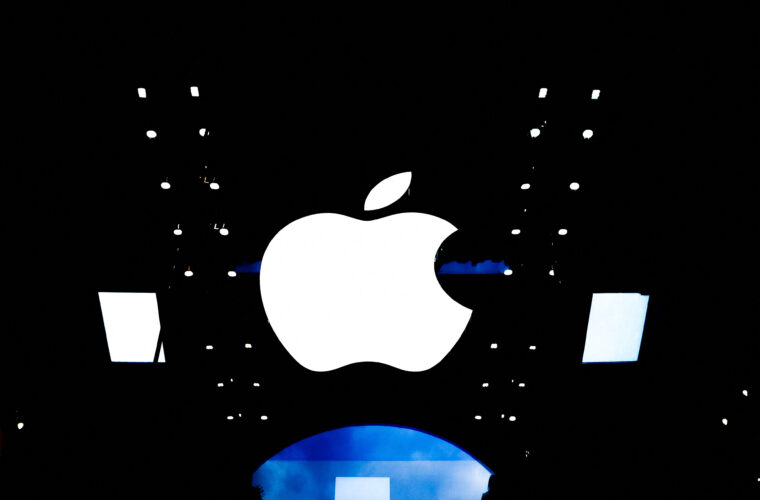Apple Vision Pro: Sales are below expectations, and many returns are due to headaches, discomfort, excessive weight, and a high launch price. Initial reactions to the Vision Pro‘s arrival were poor, an unprecedented prospect for Apple, which is used to receiving compliments for the quality and usefulness of devices made over the past decades. There are many variables to consider regarding the reasons for such a reception. Still, there is one market segment where the virtual reality visor is gaining space and appreciation. I am talking about the medical sector because doctors have tested the device with satisfaction in several countries before, during and after surgery.
The importance of immersive apps
Despite its availability limited to the US market, Vision Pro can also be purchased from abroad using a VPN to set the US as the country for the Apple ID. Thus, in addition to those who bought it on their way to the US, the visor has also spread to Europe, where it will officially arrive shortly, starting with Germany and France. If among consumers, there was no immediate rush to buy it, among healthcare specialists, there was a high level of interest in finding out how the product could change work dynamics.
After all, Apple pushed this angle, explaining how immersive apps that fuse digital content with the physical world can facilitate doctors’ training, surgery planning and patient care in hospitals and at home. From myMako, which harnesses the 3D capabilities of Vision Pro to provide surgeons with intuitive and dynamic access to information, to CyranoHealth, which simplifies training on medical equipment and reduces anxiety among operators, apps are valuable resources for frontline workers and patients who believe in technological progress.
The advantages of the VR visor
From theory to practice is a short step, so Vision Pro is gradually gaining a foothold in the operating theatre. In Italy, the Policlinico Rodolico-San Marco in Catania has used the visor for ophthalmoplasty operations, specifically to perform an entropion correction of the lower eyelid and a curative blepharoplasty on patients suffering from widespread eye diseases. These operations are usually performed with the naked eye.
At the same time, with the visor, it was possible to take photos and film in 3 dimensions, having all the images available on a virtual screen. But that’s not all, because all it takes is a gesture, without contact with the device, to manage the images and check the patient’s electrocardiogram, CT scan and other values in detail, also for a comparison between his state before and during surgery. It should be noted that spatial computing allows data to be viewed at will without the surgeon taking his eyes off the patient.
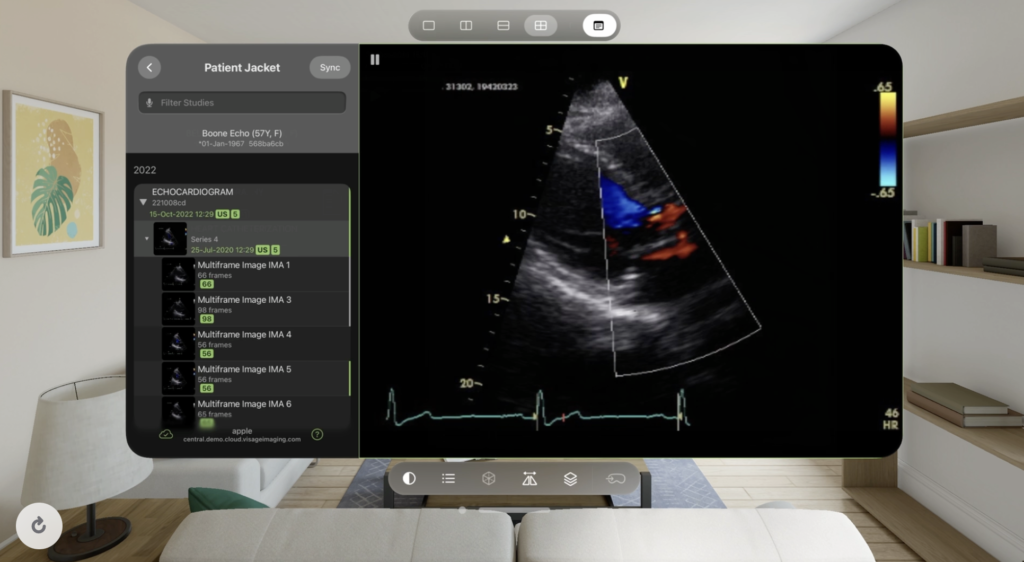
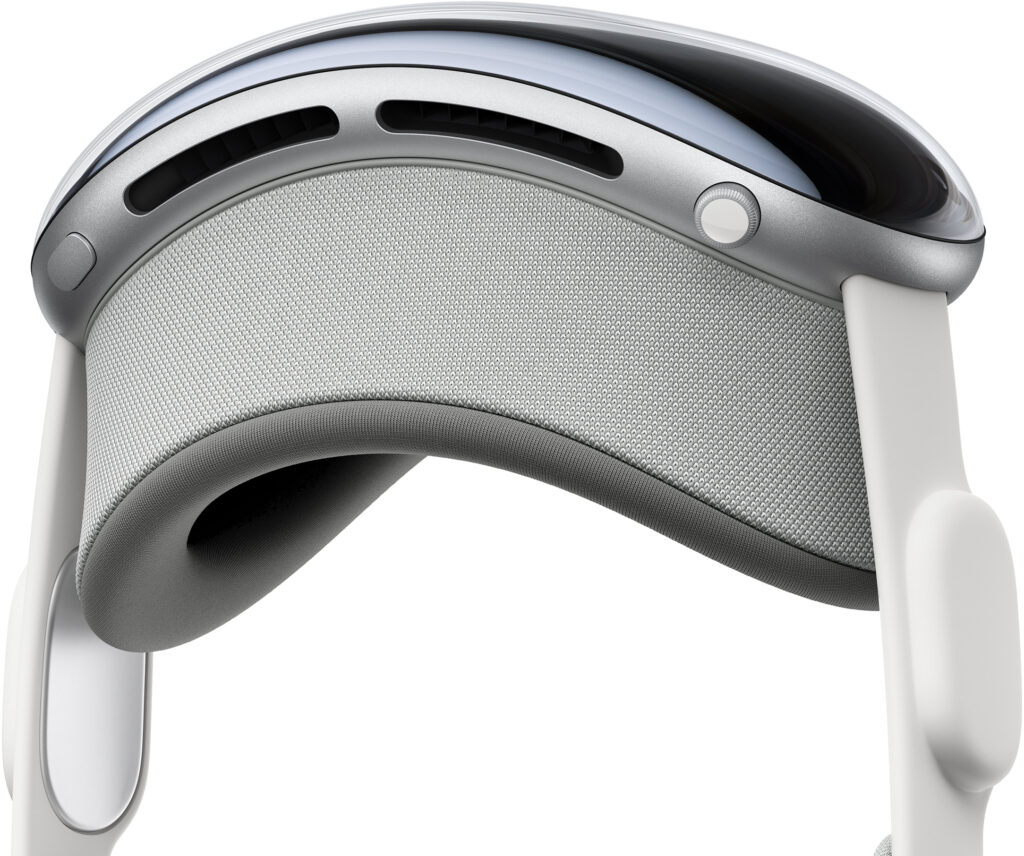
Apple Vision Pro
According to doctors, Vision Pro provides several advantages. The first is the possibility of recording the event to improve doctors’ training, as well as to safeguard against possible litigation. A benefit shared between specialists and patients is the real-time collaboration between on-site surgeons and remotely connected colleagues, with the latter able to offer advice or remote guidance to complete the operation.
Generally speaking, to turn Vision Pro into a medical tool, a proper use protocol should be implemented. It is necessary to assess how and when to use it, think about the maximum autonomy of three hours, understand how to place the external battery, and solve any possible discomfort or negative reactions of the wearer, perhaps for a prolonged time, in the operating theatre. Another aspect to be evaluated is the timing of operations to understand whether or not the augmented reality visor is able to shorten operation times.
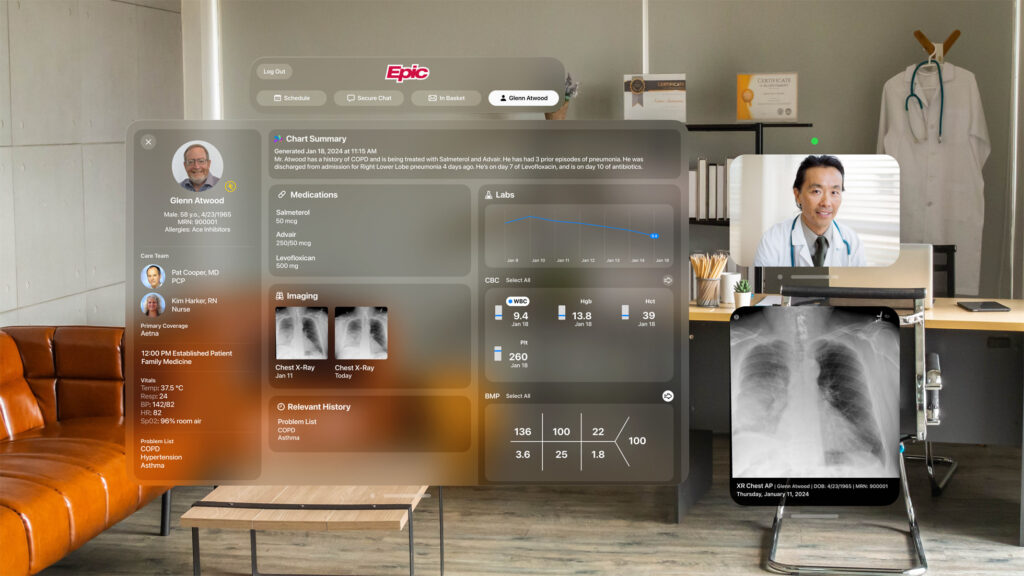
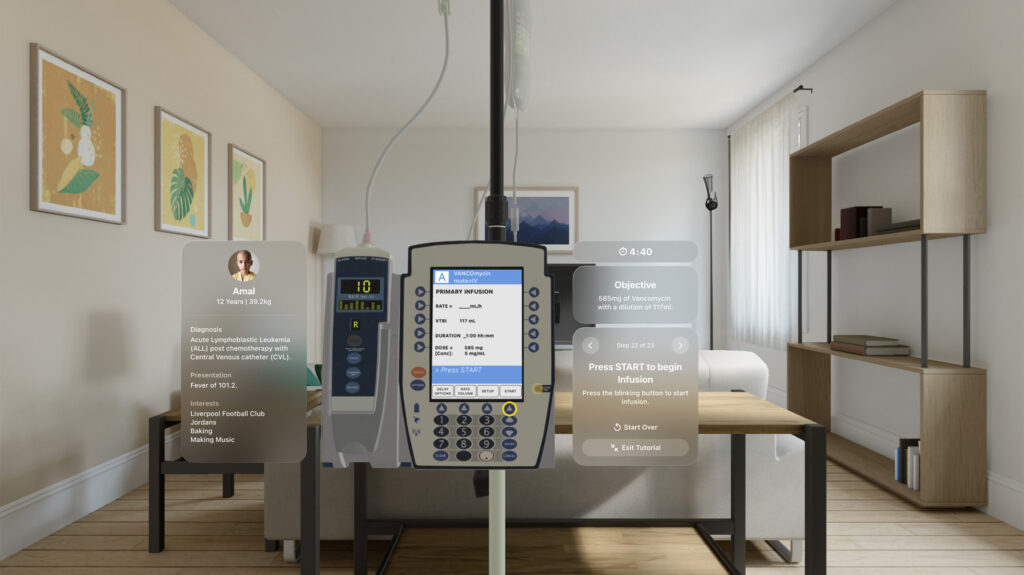
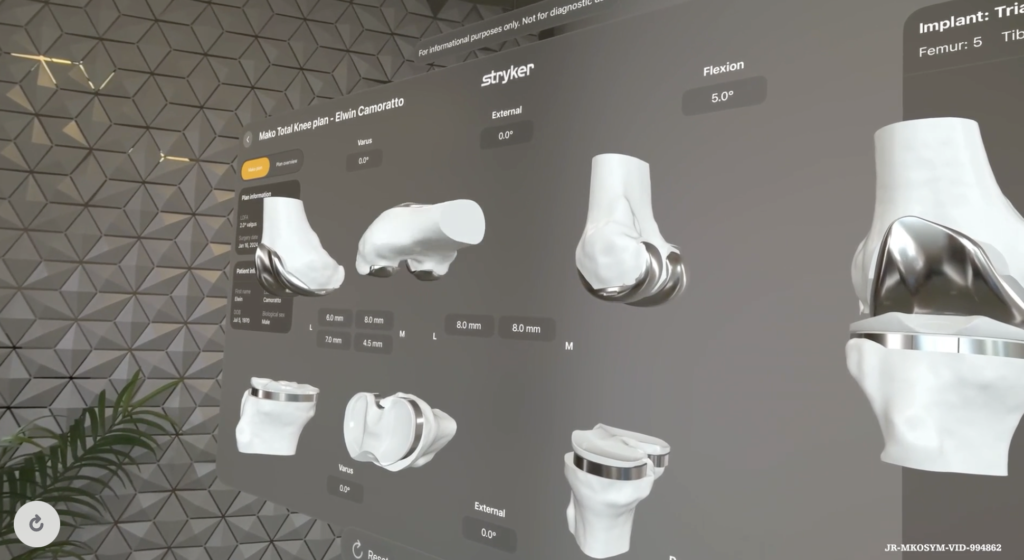
A wide range of applications in the operating theatre
While waiting for a wide-ranging reflection that can be shared by specialists from different countries in order to identify common usage practices, it is worth noting the growth of doctors who rely on Vision Pro, especially to perform surgeries. At London’s Cromwell Hospital, Apple‘s visor was used by a nurse to support doctors during a spinal operation, with the virtual screens indicating the instruments to be prepared and monitoring the status of the surgery. At a centre in New Delhi, a medical team used Vision Pro to operate on a 155 kg patient suffering from obstructive sleep apnoea and high blood pressure.
The operation was completed in 40 minutes, thanks partly to the ease with which complex anatomical structures could be visualised compared to previous operations. In Brazil, on the other hand, Apple’s visor improved and speeded up the viewing of high-resolution images inside the joint of a patient undergoing arthroscopic shoulder surgery. To understand the role of Vision Pro and why he sees it as a game changer for the industry, Dr Bruno Gobbato released a YouTube video in which he shows screenshots of the visor that simultaneously allow us to see the patient’s x-rays, personal surgery notes, and the camera in action. There is probably a bit of marketing and a desire to get noticed in some professionals. The impression, however, is that we are at the beginning of a new era for medicine, which, from its encounter with technology, can ensure us a better life.

